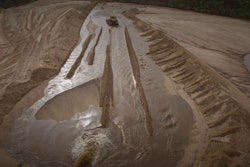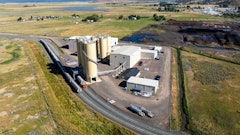Section 179D of the tax code, also known as the Energy Efficient Commercial Buildings Deduction, allows qualifying building owners and businesses to receive up to a $1.80 per square foot tax deduction for certain energy efficient improvements placed into service during all open tax years. It was originally passed by Congress as part of the Energy Policy Act of 2005 in response to broader energy usage and independence concerns.
The study by Regional Economic Models Inc. (REMI) documents job creation and GDP growth under three scenarios that continue energy efficiency tax policies:
- Modernizing Section 179D, including increasing the deduction to $3 per square foot and making certain other reforms to strengthen it, generates significant job creation – on average 76,529 per year during its first decade.
- A long-term extension of the deduction at its current $1.80 per square foot level creates an average of almost 41,000 jobs per year over 10 years.
- A long-term extension at $1.80 per square foot, extension of the deduction to hospitals, schools, and other non-profits and to tribal community facilities, and an increase in the energy efficiency requirements creates almost 40,000 jobs per year over the next decade.
"Strengthening, modernizing, and extending energy conservation tax deductions will power economic growth, increase jobs and generate billions for our economy," said Thomas Vonier, president of the American Institute of Architects.
"If Congress wants to achieve the same kind of goals through tax reform, we must maintain proven drivers of jobs and economic growth," he said, noting that the Section 179D deductions have been highly effective.
The economic growth and job creation generated by a modernized Section 179D would result in a striking GDP return of 10 to one when considering the cost of the tax policy, the study finds.
More from www.proudgreenbuilding.com



















